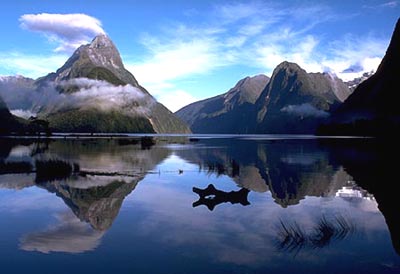Planning as though it where an altitude dive is a good approach.

That rings a bell. This is the diving area (sea level). We planned our dives assuming they were at altitude and factored in the cold. Thus we did 2 dives to a max depth of 18m for a bottom time of x mins (can't remember and don't have a table handy). We eventually factored an extra 4m for altitude and 4m for cold, thus we were planning 2 dives to an adjusted max depth of 26m with a surface interval of 90mins from memory. Then had a tour on the fiord, lunch and debrief before making our way home.
If you went deeper by x metres, or stayed longer than x mins, we refused to drive you back and you were forced to stay overnight or take a very expensive taxi ride home. This was explained upfront and I think in the 10 years that they had run this operation it had happened twice.




